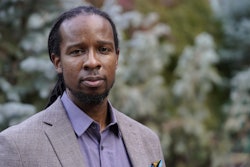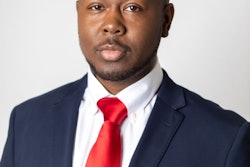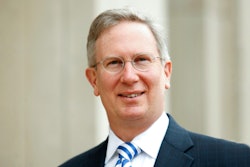Dr. Carlos Evia, assistant professor of professional writing at Virginia Polytechnic State University won’t be up for tenure until spring 2010, but he’s already worried about the final review. He knows what’s expected, but is concerned that some of his work — federal grants and time serving on a diversity committee — won’t be seen as relevant material for an English Department.
“I’m not sitting in my office analyzing a document, which many of my colleagues do,” says Evia, whose work focuses around field research and technical writing, not necessarily the typical English Department model.
“But I’m concerned that when I go up for tenure, my personnel committee will be traditional English people who see my grants with many coauthors, and dismiss them as not being relevant,” he adds. “Or that they are not going to think that that this is English research.”
Like Evia, most faculty understand the tenure process, but that doesn’t stop them from worrying. New research is revealing just what helps retain and advance professors from underrepresented groups. Most important, is a “sense of fit” in their departments.
Diversity among senior faculty at colleges across the country is lacking. Ninety percent of full university professors are White males and that hasn’t changed much in 30 years. Recently, researchers with Harvard’s COACHE — the Collaborative on Academic Careers in Higher Education — surveyed 8,500 pretenure faculty at 96 private and public universities to understand why this disparity persists despite other socio-political changes in the United States.
The researchers found significant differences in how White faculty and faculty of underrepresented groups view the tenure process, as well as how satisfied each is with the process.
Cathy Trower, principal investigator on the study, identifies the culture of universities, not the lack of understanding about tenure that prevents many minority faculty from advancing to full professorships.
In the study, African-American and Hispanic faculty were skeptical that tenure decisions were primarily merit-based. African-American faculty also reported that expectations for their performance were less reasonable. American Indian faculty reported less clarity with the process and less agreement that faculty are treated fairly, the report states.
White faculty may think that the process is fair, while faculty from under-represented groups may remain concerned about racism and skeptical about whether tenure decisions are entirely merit-based, Trower told Diverse. “They may have experienced chilliness, hostility, or racism,” she added, “or they know someone else who has.”
Faculty overall were “somewhat satisfied” with their universities; African-American, Asian, and American Indian faculty were less satisfied, though they did identify policies that helped them progress.
Robin Hayes, assistant professor at Santa Clara University credits informal mentoring from senior scholars in her department, paid research leave, and periodic review policies for helping her achieve her pretenure goals.
At Princeton Anne Anlin Cheng, an associate chair of the Department of English, says her school “used to be not that great with tenuring but that is really changing” with mentoring and policies to help with the administrative aspects of preparing for tenure.
Asian, African-American, and Native American faculty all identified climate variables that they weren’t satisfied with, which concerned Trower because “we do know that the highest correlation with global satisfaction is … a ‘sense of fit.’”
To help him find a place in his department, Evia helped start a research group to start writing grant proposals that will help make the English department self-sustainable. Along the way, he’s found that the group has helped other department faculty understand his model of working, and helped form a common understanding.
“When we sit down across the table, there are connections,” said Evia, who hopes those connections will ultimately help him secure tenure. “My department has been very supportive and I think they’re starting to understand my model of working.”
Email the editor: [email protected]
Click here to post and read comments
© Copyright 2005 by DiverseEducation.com


















